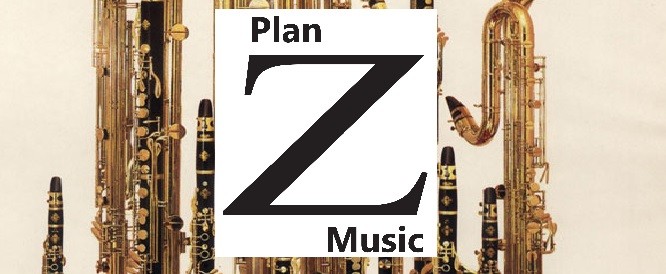The diaphragm is a wall of muscle which divides the thoracic cavity from the abdomen. It is attached at its circumpherence to the base of the rib cage and, in its relaxed state is dome shaped. It is largely controlled by the autonomic nervous system: in layman’s terms, its action is mainly reflexive and involuntary. If you stand unclothed before your dressing table mirror, you can flex and admire your pectorals, abdominals, deltoids and biceps muscles, but you cannot see your diaphragm which is internal. When your body needs oxygen for survival the unconscious part of the brain instructs the diaphragm to contract and move downwards, thus enlarging the volume of the thoracic cavity. This reduces intra-thoracic pressure: In other words, enlarging the cavity creates suction that draws air into the lungs. When the diaphragm relaxes, air is exhaled by elastic recoil of the lung and the tissues lining the thoracic cavity. In other words, inhaling is physically active, whilst exhaling is passive.
In the most effective wind playing the active/passive relationship is reversed. It is not enough to allow air simply to feed passively into the instrument, but it must be directed with some force. For wind players this means, primarily, using the abdominal muscles to exert force to the air stream against the natural resistance of the instrument. To illustrate this I invite the student to think of the breathing cycle in reverse order: in other words, blowing first and inhaling after. The abdominal muscles contract to force air from the body until the thoracic cavity is (comfortably) empty. On relaxation, the lungs reflate to return to their relaxed level of inflation through the natural elasticity of the body. I use exercises to demonstrate this principle to my students thus:
A good, positive delivery of air through the lower note of each pair will produce a secure upper note. The student should aim to pause on each pair of notes long enough to be comfortably out of air at the end of the upper note. Simply opening the mouth and relaxing should be sufficient to replenish air in the lungs for the next pair of notes. As the exercise progresses the student should gradually become more relaxed and each passive inhalation should cause more air to be drawn into the body. This exercise illustrates that the body replenishes its supplies of air without any appreciable action of the diaphragm. This also helps the student to detach breathing from any shoulder movement.
This exercise demonstrates that, whilst the diaphragm undoubtedly continues to function, for any practical purposes, its function is of no significant importance.
Wind teachers and singing coaches bang on endlessly about supporting from the diaphragm despite the above evidence demonstrating this to be physiological nonsense. Do they simply revel in using this technical sounding word?

